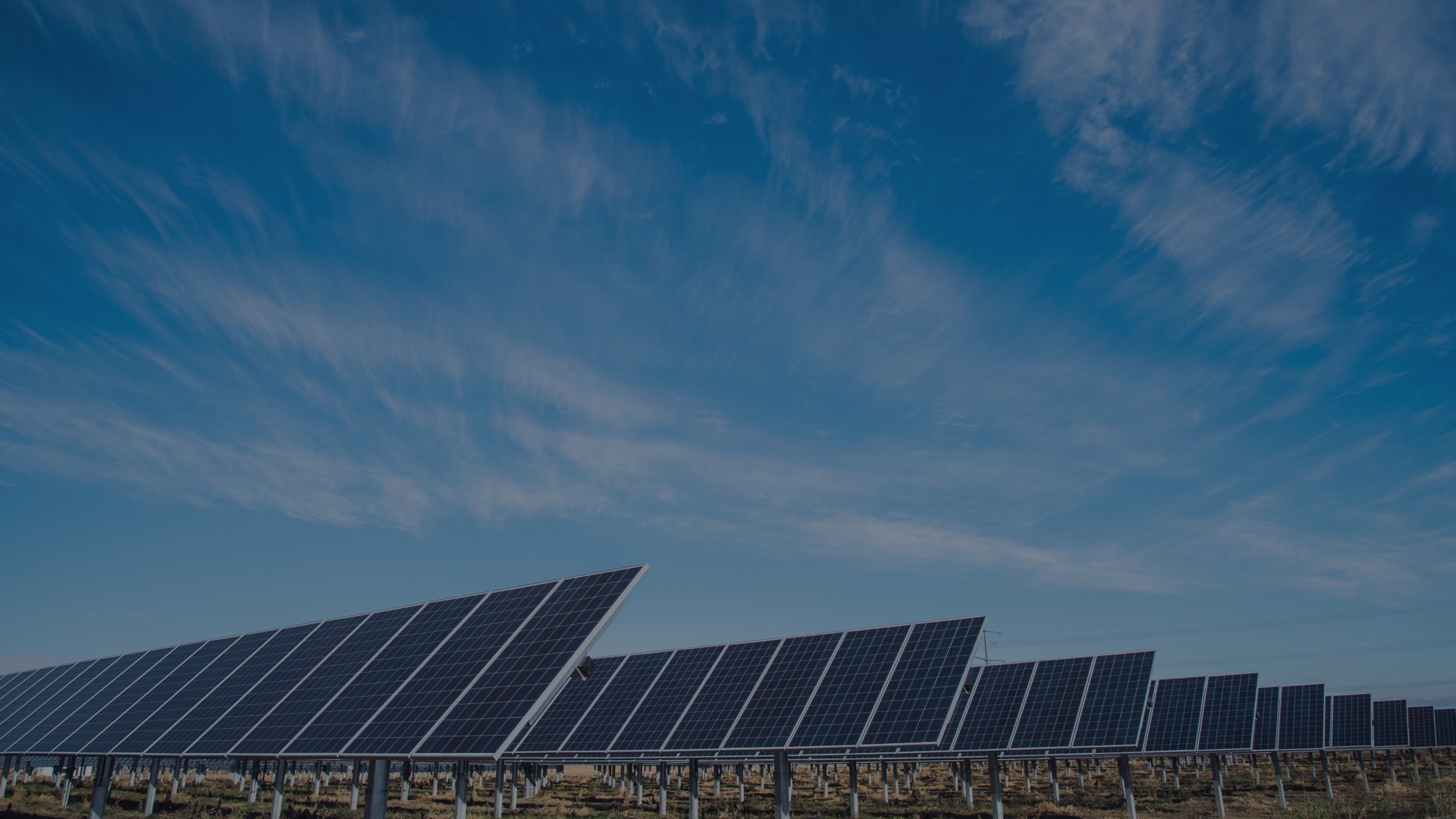With the solar industry witnessing a reduction of the feed-in tariff (FiT) on July 1st, the uptake of solar panels saw a huge surge during the last week of June.
The government's introduction of an automatic degression mechanism, for the rate of payments for energy fed back into the National Grid, has now been cut from 3.5 per cent by the Department of Energy and Climate Change (DECC).
As more and more people access the deal, the government is struggling to support the amount of payments due following the overwhelming success of the scheme.
Therefore, a degression of the rate of payment has been introduced in order to tackle this. It was initially suggested that this would be introduced at the start of August, but was brought forward.
Furthermore, it was suggested that the rates would be reduced on the basis of increased installations, but the DECC has claimed that the new system would help to control the boom-and-bust sequences that the industry had previously succumbed to.
In June alone, 1.6 million kW of capacity has been introduced in the UK, accounting for 447,708 installations across the country.
For the week ending June 30th, some 5,694 installations had been made which were registered under the FiT scheme. This could include solar panels, small wind power systems or other generation technologies.
This massive jump in installations represented a 137 per cent jump on the previous week's figures in terms of capacity – increasing from 13,380 kW to 31,713 kW. The figures recorded last week also beats the record high for the year.
According to the new degression table, installations of between zero and four kW are subject to a FiT rate of 14.9 p/kWh, going up to 13.5 p/kWh for installations over four to ten. For installations of ten to 50 kW, the FiT rate drops to 12.57 p/kWh and 11.1 p/kWh for the next stage of installations between 50 and 100 kW.
